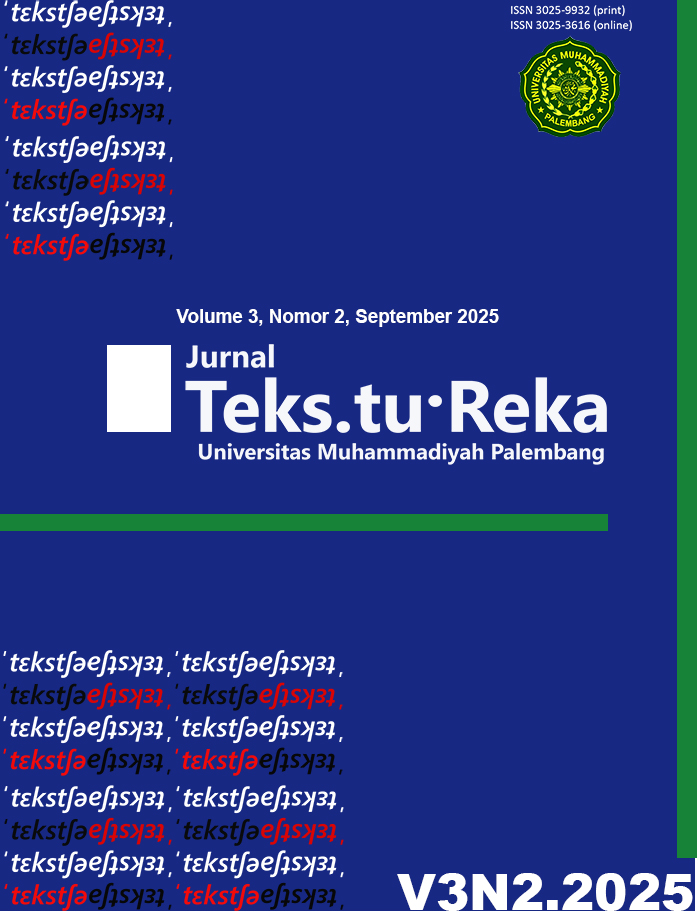Bioclimatic Architectural Principles in Danau Ranau Resort Hotel
DOI:
https://doi.org/10.32502/tekstureka.v3i2.636Keywords:
bioclimatic architecture, danau ranau, tourism, infrastructure sustainable development, resort hotelAbstract
Indonesia possesses vast natural wealth and tourism potential, one of which is Lake Ranau in South Sumatra Province, the second largest lake on the island of Sumatra. Despite its high ecological and recreational value, tourist visits to Lake Ranau declined significantly between 2020 and 2022, influenced by the COVID-19 pandemic and the inadequacy of accommodation facilities—not only in quantity but also in terms of sustainability. To date, no resort in the Lake Ranau area has applied bioclimatic architectural principles. This study addresses that gap by designing a bioclimatic resort hotel through site observation, local climate analysis, literature review, and comparative case studies of similar projects. The design adopts passive strategies such as optimal building orientation, natural ventilation, use of local materials, and shading systems to achieve thermal comfort and energy efficiency. The result is a sustainable accommodation prototype tailored to the local climate. The main contribution of this research lies in advancing sustainable architectural practices in tourism areas and enriching the discourse on bioclimatic architecture within the context of Indonesia’s regional development.
Downloads
Published
Issue
Section
License
Copyright (c) 2025 Robi Malai, Sisca Novia Angrini

This work is licensed under a Creative Commons Attribution-ShareAlike 4.0 International License.
Jurnal Arsitektur TekstuReka (JAT) have CC-BY-SA or an equivalent license as the optimal license for the publication, distribution, use, and reuse of scholarly work.
Authors who publish Jurnal Arsitektur TekstuReka (JAT) agree to the following terms: Authors retain copyright and grant the Jurnal Arsitektur TekstuReka (JAT) right of first publication with the work simultaneously licensed under a Creative Commons Attribution License (CC BY-SA 4.0) that allows others to share (copy and redistribute the material in any medium or format) and adapt (remix, transform, and build upon the material) the work for any purpose, even commercially, with an acknowledgement of the work's authorship and initial publication in Jurnal Arsitektur TekstuReka (JAT). Authors are able to enter into separate, additional contractual arrangements for the non-exclusive distribution of the journal's published version of the work (e.g., post it to an institutional repository or publish it in a book), with an acknowledgement of its initial publication in Jurnal Arsitektur TekstuReka (JAT). Authors are permitted and encouraged to post their work online (e.g., in institutional repositories or on their website) prior to and during the submission process, as it can lead to productive exchanges as well as earlier and greater citation of published work (see The Effect of Open Access).
![]()
Work is distributed below This work is licensed under a Creative Commons Attribution-ShareAlike 4.0 International License.













